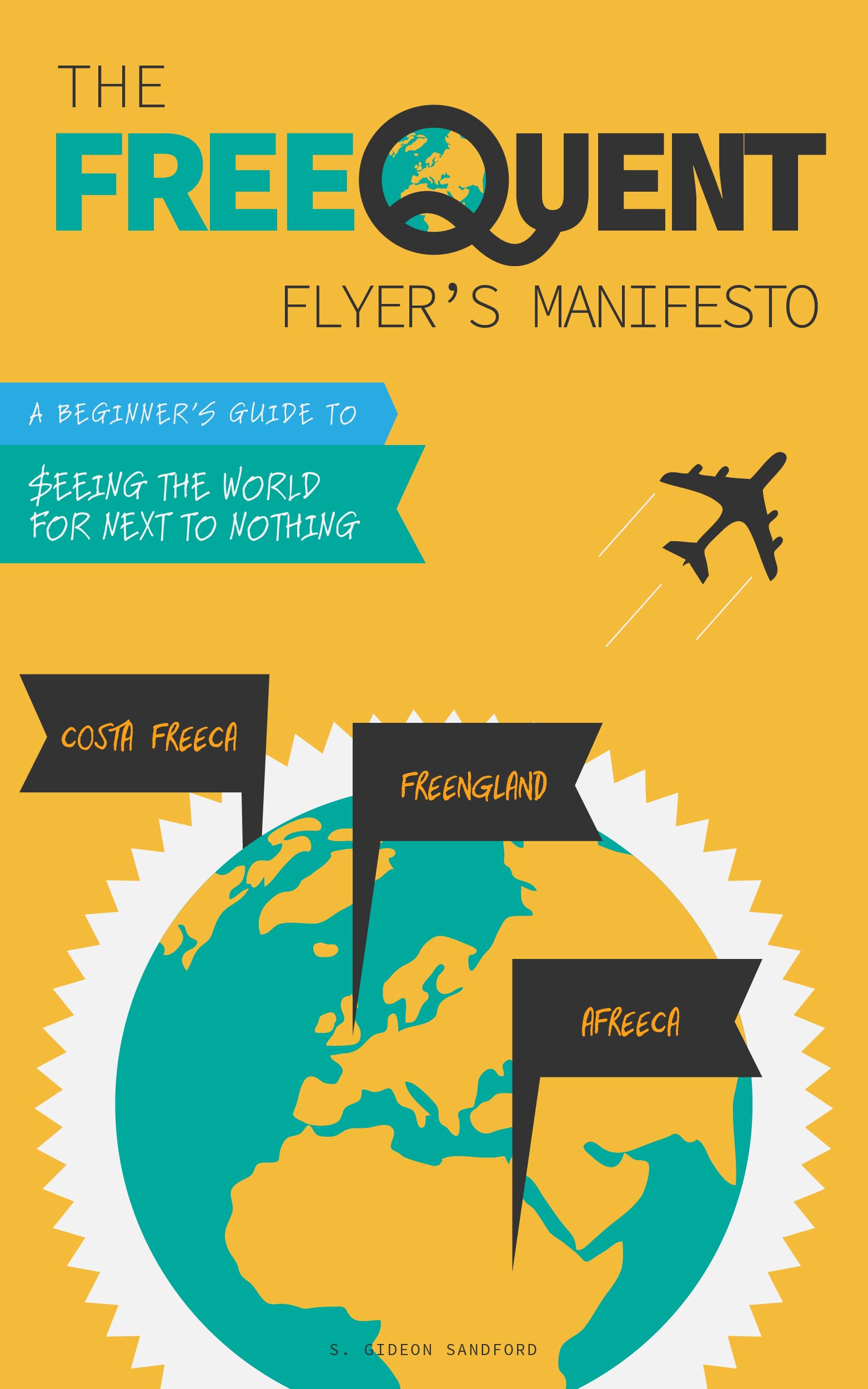Delta companion ticket follies
/I've written before about my affection for the American Express Delta Platinum credit card. A big part of the value the card provides, even at its new, higher $195 annual fee, is in the annual companion ticket. Now that my companion ticket has posted to my account, and I've had a chance to experiment with it, I thought I'd share a datapoint or two.
New fare classes, old terms and conditions
When you take a look at the certificates and credits in your Delta "My Wallet," you'll see one set of fare restrictions on the Platinum companion certificate:
If you click on the certificate's "Terms & Conditions," however you'll see a different set of fare restrictions:
"Seats are limited in L, U, T class of service."
In fact, the expanded list is the applicable one: it is possible to use the companion certificate to book into X and V fare buckets.
Each direction must be booked entirely into the same fare bucket
This restriction is both counter-intuitive and can be a real nuisance. While searching for tickets back to my ancestral homeland for Thanksgiving, I found what seemed like the ideal companion ticket reservation:
A simple roundtrip with four legs in economy, each leg booked into an eligible L, U, or T fare bucket.
This reservation is not eligible for a companion ticket redemption.
While Delta and their apologists would love to explain this limitation with reference to the technical limitations of Delta's reservation software, like all of Delta's "IT problems" it coincidentally works exclusively to the detriment of their customers.
In order to successfully make a companion ticket reservation, all the legs in each direction must be booked into the same fare bucket. Each direction, on the other hand, can be booked into the same or different fare buckets, as long as they are eligible fare classes under the terms of the companion ticket.
The value of the companion ticket depends on your other options
Perhaps the most important thing to know about the companion ticket is that it has to be paid for using your American Express Delta credit card.
And that's unlikely to be your most lucrative card for travel reservations, when you could instead be booking paid airfare using a Barclaycard Arrival+ card.
Failing that, you might be paying for your revenue tickets by redeeming US Bank Flexpoints for up to 2 cents each, earned in a bonus category like gas stations or grocery stores.
Alternatively, you might consider redeeming Ultimate Rewards points at 1.25 cents each, earned at no net cost at office supply stores like Staples.
Finally, you might be earning Delta Skymiles for hundredths of a cent each using the Suntrust Delta check card, and redeeming them for 1 cent each on Pay With Miles redemptions, which you're also eligible for as a Delta American Express cardholder.
Conclusion
I will probably end up using my companion ticket not for an expensive Thanksgiving trip this year, but for a $300 – $400 weekend trip this fall. That's not because the companion ticket is a bad deal (it's not), it's because it's not a way to actually save money, compared to the other options I described above.
Any charge I make to my American Express Delta Platinum card will actually have to be paid back with real money — and the whole reason I started travel hacking is that I don't have enough money to pay for all the travel I want to do!



